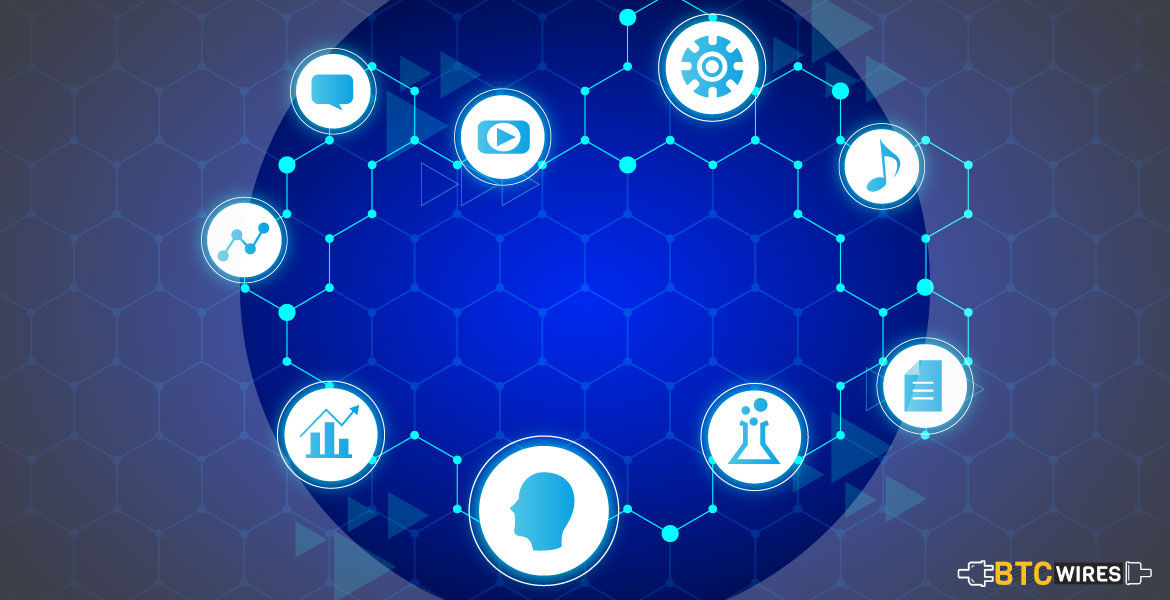For someone who has never heard of blockchain technology, the

For someone who has never heard of blockchain technology, the terminology may seem somewhat daunting. However, to be objective and honest, there is nothing all the scary about this stellar technology. It is an incredibly useful invention of the 21st century that can truly propel us into the fourth revolution. If you are a little lost or have a friend who absolutely has no clue about it, then here’s a guide on how to make noobs understand the benefits of blockchain.
Before we delve into the benefits and all that jazz, let us first try to understand what blockchain, in its absolute basic form is. That way, it will become easier to understand and explain its many explanations and therefore, its uses.
Blockchain Basics
Think of a spreadsheet containing details of all the transactions made by a small shop somewhere in your locality.
Now, imagine, that shop is a franchisee of a huge retail chain and they have to submit reports everyday: regarding how much they have sold, how much inventory they would need, how much cash they have at hand and so on. For this, they would obviously have to share the spreadsheet everyday with the main branch.
Now, the work for the main branch gets slightly more difficult. It has to keep track of several more spreadsheets that keep coming in from other franchisee stores spread across other parts of the country.
Naturally, one person cannot do all of this. Information has to be passed on to the manufacturer, to the transporter and many other people who are involved in keeping this business up and running.
It goes without saying, all this must be done in a secure way so that the competitors of the business do not get to know any of the financial or supply details. How do you do all of this? By using a blockchain.
Blockchain is nothing but a distributed ledger: imagine a spreadsheet digitally available on the computers of all the parties like the franchisee owner, the retail chain owner, the manufacturer, the transporter and son on.
This distributed ledger, for the sake of safety, uses something called a public key and a private key, with only the latter being used to unlock information. Moreover, no person can break into one computer and alter the records for corrupt purposes: they will have to alter each and every record.
You May Also Read: Still Don’t Understand Blockchain? Read This!
Benefits of Blockchain, Simply Put
Keeping what we have learnt about blockchain in mind, let us find out what the benefits of blockchain is:
1. Prevents Corruption
As we have explained, all copies need to accessed and edited from all the connected servers to have any effect.
This, along with the use of complex mathematical (cryptographic) encryption, using public and private keys, make sure nobody can corrupt the data updated onto the blockchain.
2. Increases Speed and Saves Time
Let us go back to the example of the retail chain managing franchisee stores. With blockchain, there is no need for one manager (or more) to sort through piles of paper and pore over spreadsheets to figure out what is to be done.
With blockchain, a distributed ledger makes sure all the information is put together in the same place. This naturally saves time and makes the process several times faster.
3. Reduces Chances of Making Mistakes
A key quality of blockchain is that it is decentralized. It is not controlled by one central authority trying to manage it all.
As a result, we can take out the possibilities of individual errors from ledger management with the use of blockchain.
4. Cost Cutting
As efficiency is increased and so is speed, cost is bound to go down. The business in question must no longer employ additional people to coordinate and handle data which can now be managed more easily with blockchain.
Resource waste also goes down: the possibility of the retail chain sending wrong quantities to the franchisee stores because of a mistake can be reduced. This, in turn, helps cut costs.
5. Helps Trace Products More Easily
With a blockchain, you can connect all the elements of a product supply process and you can track it from the moment its raw materials were produced down to when it was sold out of a retail outlet to its final consumer.
For food products like beef, this helps in assessing provenance (origin) which adds value to it. Say, a shop is selling tea and can prove, using its blockchain network, that the tea has come all the way from the famous Darjeeling area. This will naturally make the customer ready to pay a higher price.
Often, customers are simply interested in knowing where their consumables come from and how safe they really are.
Here Are A Few Other Articles For You To Read Next:

